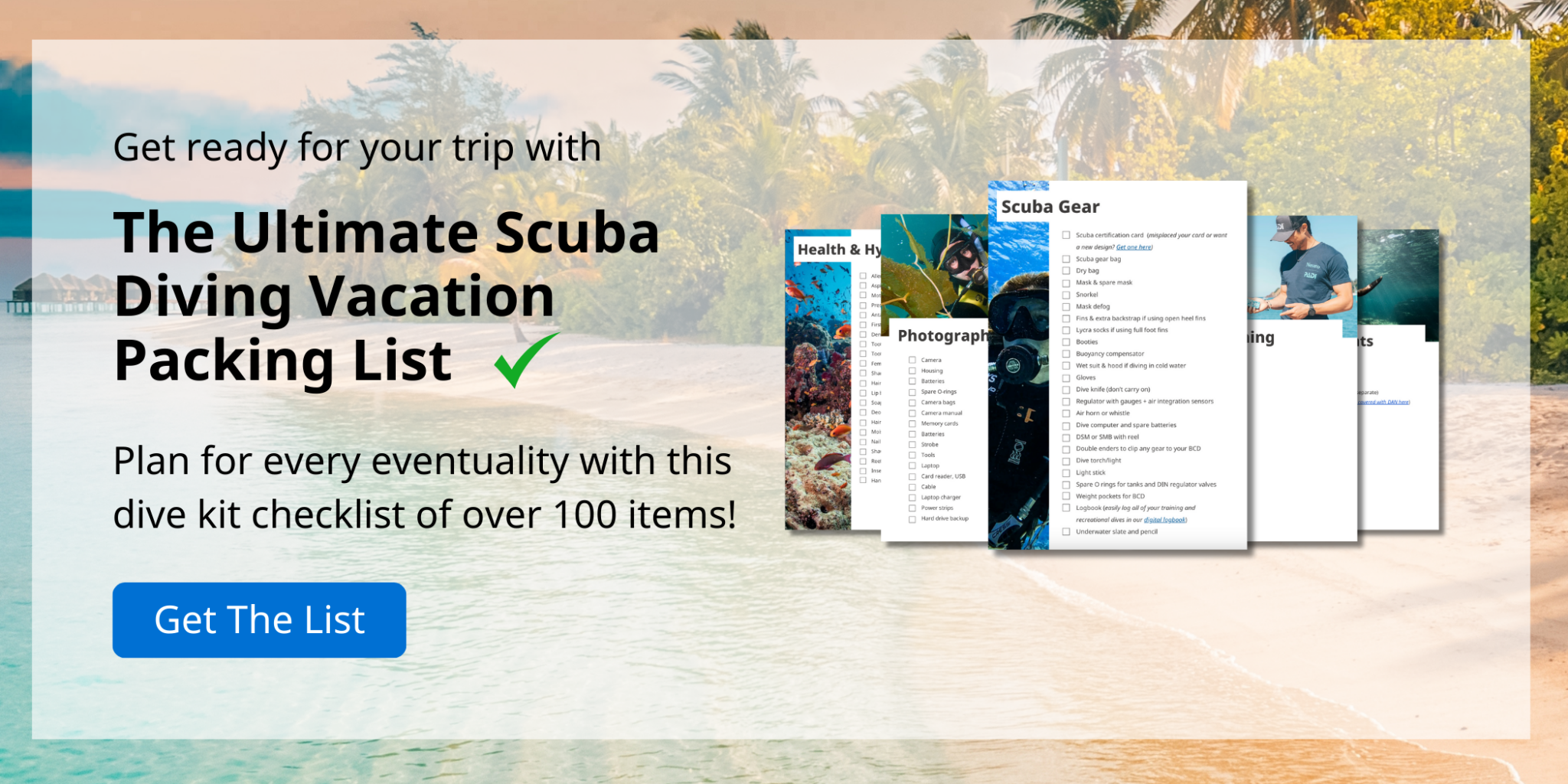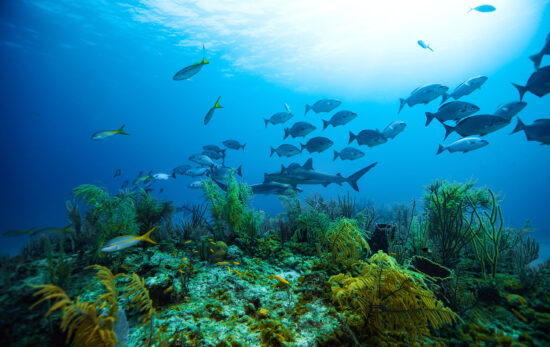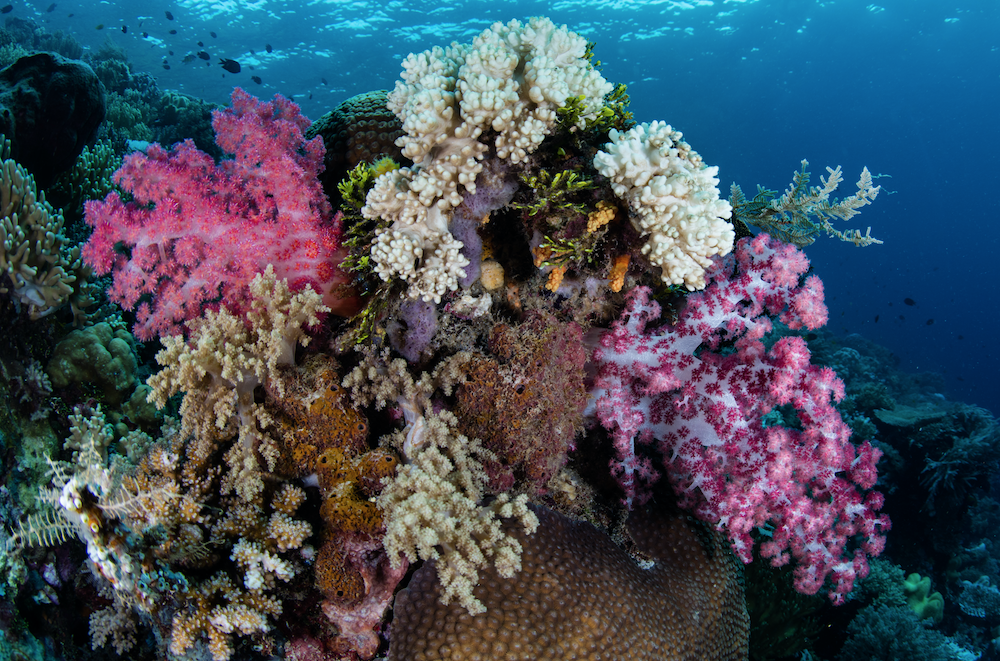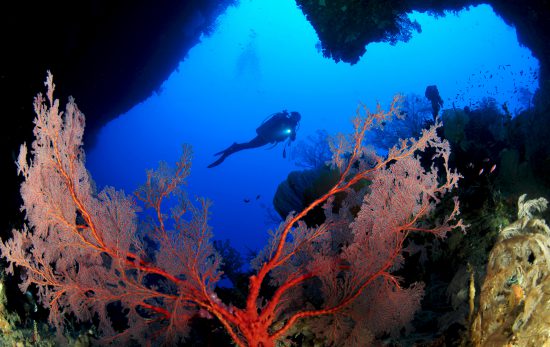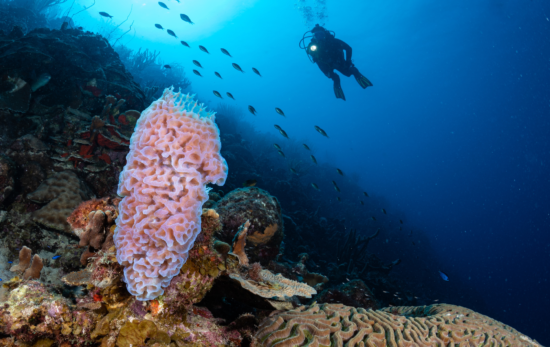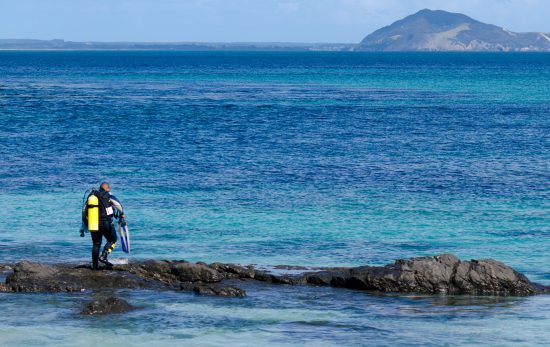Situated in Southeast Asia, between the South China and Philippine Seas, lies the Philippine Archipelago. Comprised of more than 7000 islands and spanning approximately 1850 km (1150 miles) from north to south, this unique tropical paradise is a global biodiversity hotspot. The seas surrounding the Philippines are inhabited by a variety of habitat-forming species, such as corals, seagrass and mangroves, which are home to all manner of marine fauna. With relatively stable temperatures and a broad range of dive sites catering to all experience levels, the Philippines is an ideal year-round destination, whether you’re diving the Philippines in December or June. So, if you’re planning an adventure in the Philippines, be sure to check out our carefully curated list of exceptional dive spots by month.

January: Leyte
Leyte, located in the Eastern Visayas region of the Philippines, is an excellent dive spot in January due to its abundant marine life and clear waters. Divers can witness a plethora of marine species, including hammerhead sharks, thresher sharks, manta rays, and whale sharks. Leyte also boasts stunning coral reefs, vibrant underwater landscapes, and unique macro critters that are a joy to explore. With several dive sites to choose from, Leyte is a must-visit destination for diving enthusiasts in January.

February: Boracay
Boracay is a small resort island situated in the Western Visayas. February is the perfect time for diving here, as it falls during the dry season. This means the seas will be calm, making the diving conditions ideal. Boracay is known for its rich marine biodiversity, which includes a wide variety of coral species and colorful tropical fish. Divers can also expect to see larger marine species, such as turtles, barracudas, and even reef sharks. Boracay’s dive sites offer different levels of difficulty, making this area suitable for both novice and experienced divers. With its stunning underwater landscapes and unique marine life, Boracay is undoubtedly one of the top dive spots in the Philippines in February.
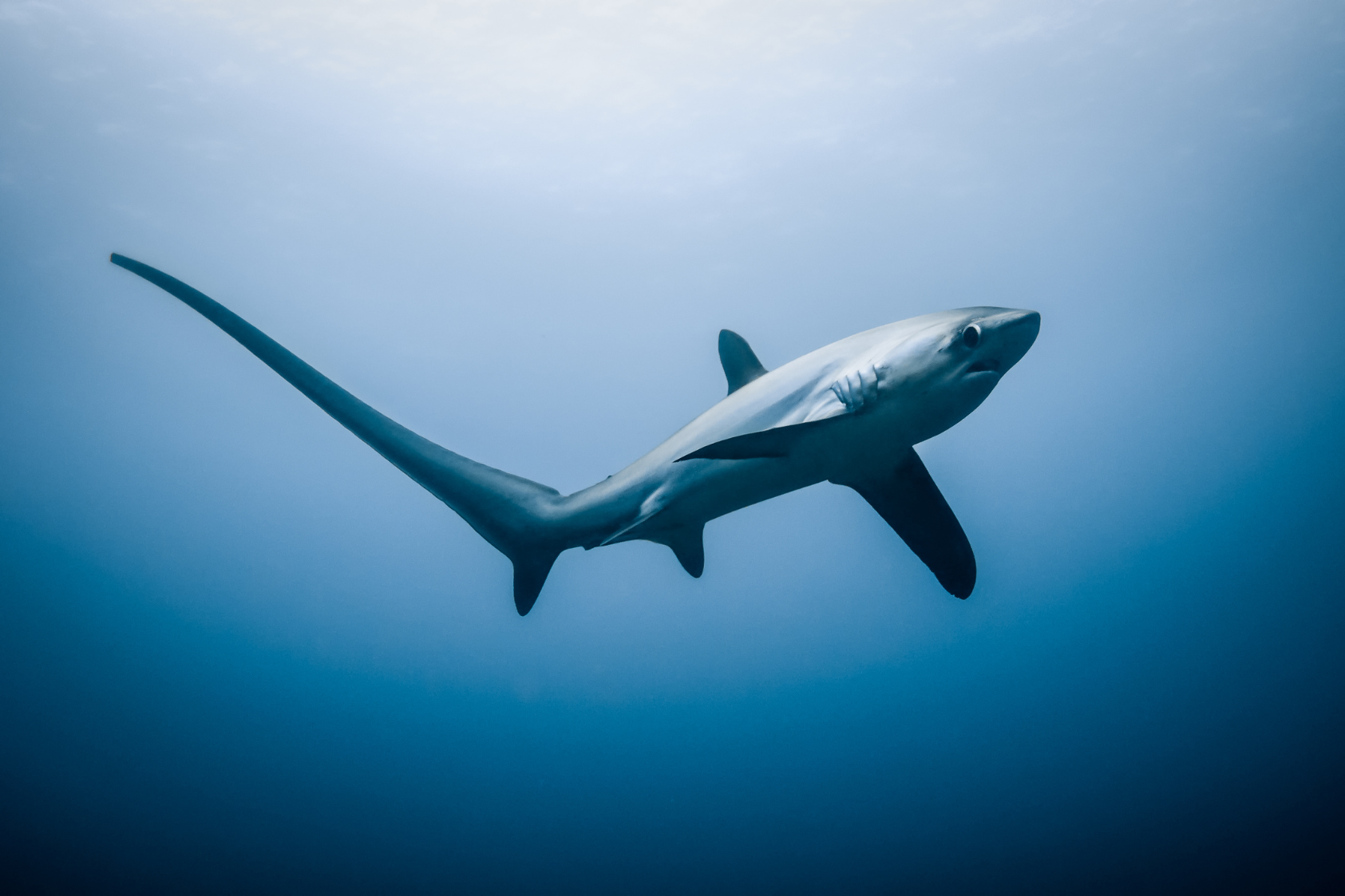
March: Malapascua
Malapascua, located in the Visayan Sea, is a popular dive spot in the Philippines and an excellent place to dive in March. This is one of the only places in the world where divers can regularly see thresher sharks, which are known for their long tails and are commonly seen during early morning dives. Malapascua is also home to a variety of marine life, including manta rays, pygmy seahorses, and nudibranchs.
The dive sites around the island offer different levels of difficulty, making this area suitable for newly certified divers and experienced divers. However, it’s important to note that divers wanting to see the thresher sharks will need an Advanced Open Water Diver certification due to the depth of the dive. Moreover, the stunning coral reefs and diverse underwater landscapes make Malapascua one of the most captivating dive spots in the Philippines. With its unique marine life and excellent diving conditions, March is the perfect time to visit Malapascua for a memorable diving experience.

April: Cebu
Cebu is located at the heart of the archipelago in the Central Visayas. The seas around Cebu are typically calm and clear in April, providing excellent visibility for divers to explore the diverse marine life and stunning coral reefs. Divers can encounter various species of sharks, such as whale sharks and hammerheads. April is also an excellent time to dive with thresher sharks at the nearby island of Malapascua.
Cebu offers a variety of dive sites for different levels of diving, from shallow reefs to deeper walls and wrecks. With its rich marine biodiversity, vibrant underwater landscapes, and ideal diving conditions, Cebu is undoubtedly one of the best dive spots in the Philippines in April.

May: Palawan
Palawan is situated in the westernmost region of the Philippines. It boasts an array of beautiful coral reefs and underwater rock formations, making it an ideal place for underwater photography enthusiasts. Or, experience Tubbataha Reef, a UNESCO World Heritage site with pristine coral reefs and dense marine life that’s only accessible by liveaboard. Alternatively, dive back through time by exploring one of 12 sunken World War II warships on Coron Island. Whale sharks sightings are common during May, and the environmental conditions required to access the remote Tubbataha Reef are optimal.
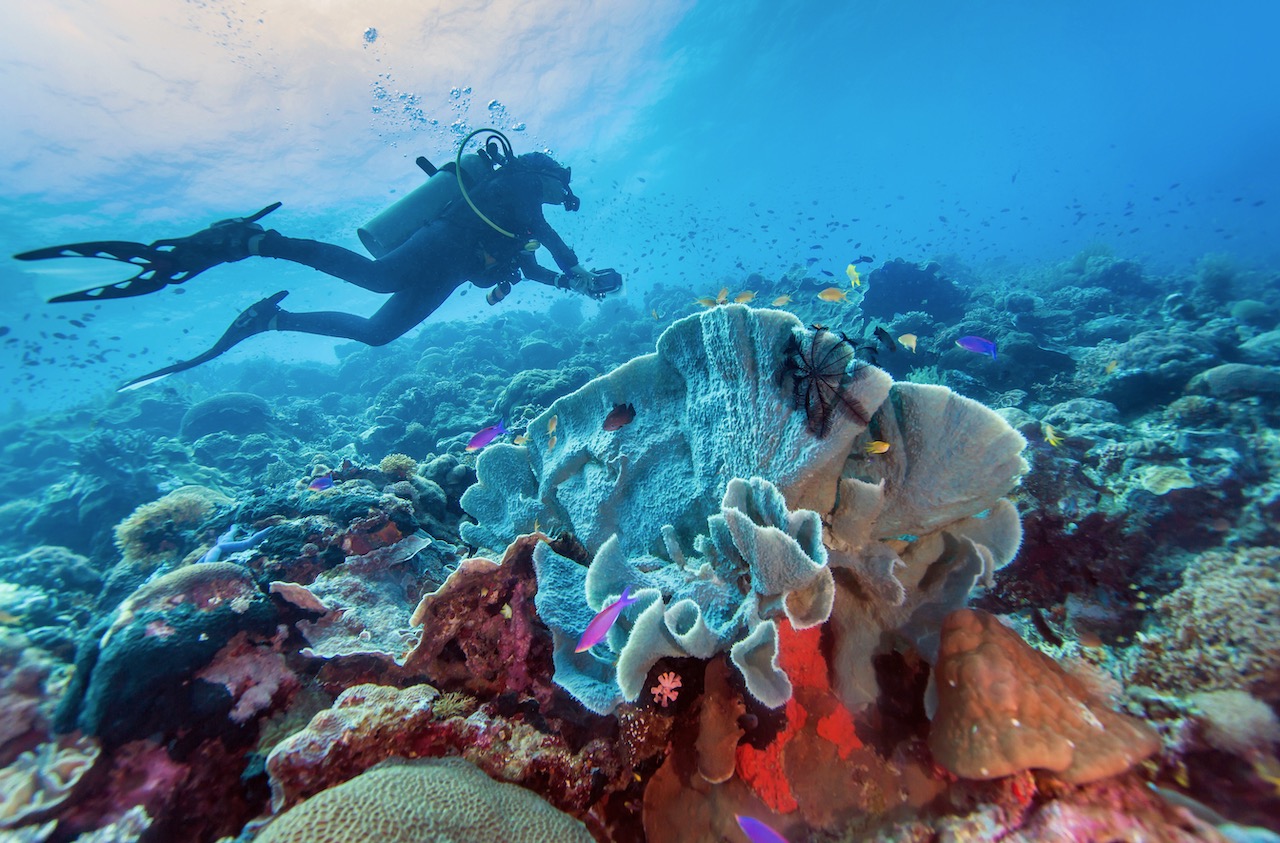
June: Bohol
Bohol is located in the Central Visayas, just off of Cebu, and is comprised of a large main island and several smaller surrounding islands. Diving in Bohol, Philippines in June can be an unforgettable experience for divers of all levels. The water temperature is warm and comfortable, typically ranging from 27 to 29°C (81 to 84°F). Plus, the visibility is excellent this time of year, often reaching up to 30 meters (100 feet) or more. The seas around Bohol are very calm during the month of June, providing ideal diving conditions for underwater exploration. Divers can expect to encounter a variety of colorful, tropical fish, sea turtles, and larger marine species, such as manta rays and whale sharks. There might even be a possibility of spotting dolphins or whales this time of year.
Some of the popular diving areas surrounding Bohol during June include Balicasag Island, Cabilao Island, and Pamilacan Island. Overall, diving in Bohol in June offers a fantastic opportunity to experience the beauty and diversity of the Philippines’ underwater world.

July: Mindanao
Situated at the southern part of the archipelago, Mindanao is teeming with macro life, including lionfish, nudibranchs, anemones and seahorses. Divers should explore Mindanao in July, because it offers some of the best diving conditions and experiences in the country during this time of year. The seas around Mindanao are typically calm with excellent visibility. This allows divers to explore all of the diverse marine life and stunning underwater landscapes, such as deep walls, caves, and wrecks.
The best dive sites in Mindanao include Duka Bay and Sarangani Bay, which are renowned for their unique underwater ecosystems and landscapes. This dive destination truly provides an enjoyable experience for all levels of divers.

August: Siquijor
Siquijor is a small island located in the Central Visayas. Divers can explore several dive sites around Siquijor, which are home to colorful coral gardens and an abundance of marine species. Other popular dive sites include Cangmunag Marine Sanctuary, where divers can explore unique underwater rock formations and swim-throughs, and Paliton Wall, where divers can experience a deep wall dive with an abundance of colorful reef fish and macro species. The island’s stunning underwater landscapes, teeming with diverse marine life, make Siquijor a must-visit dive spot in the Philippines in August. Also, Siquijor Island’s geographical location leaves it unaffected by the monsoon season.

September: Dumaguete and Apo Island
Diving in Dumaguete and Apo Island, Philippines during the month of September is an unforgettable experience for scuba divers. The weather in September is typically dry, with calm seas and excellent visibility. Apo Island is home to several excellent dive sites. Chapel Point is a must-see site, featuring colorful coral gardens and abundant marine species. Coconut Point is another popular dive site, where divers can experience a deep wall dive. This particular wall dive is known to be filled with an abundance of pelagic species, including barracudas and tuna.
Meanwhile, in Dumaguete, the Dauin Marine Sanctuary is a must-visit dive site, known for its diverse marine life, including frogfish, seahorses, and nudibranchs. All in all, diving in Dumaguete and Apo Island in September offers calm seas, excellent visibility, comfortable water temperature, and abundant marine life. This makes it a great time for scuba diving enthusiasts to explore this Philippines’ underwater paradise.
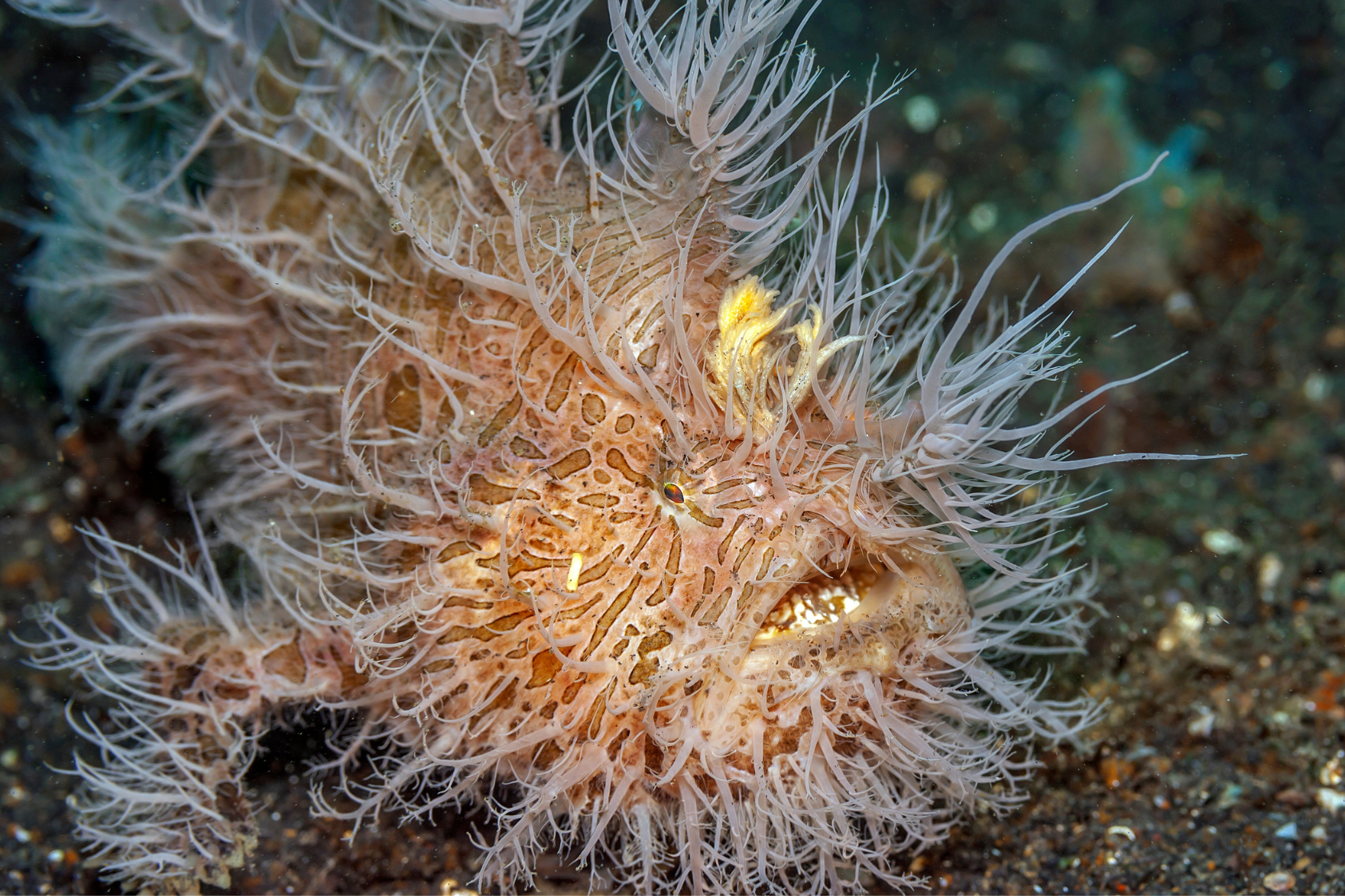
October: Anilao
Anilao is located in the center of the archipelago, and divers can explore several dive sites around the area. These include:
- Cathedral Rock – A dive site famous for its dramatic, underwater rock formations and large schools of fish.
- Secret Bay – This dive site is home to rare and unusual critters, such as sea slugs, octopuses, and seahorses.
- Twin Rocks – Divers can experience a deep wall dive with an abundance of colorful reef fish, moray eels, and nudibranchs.
Diving in Anilao in October is an excellent time for underwater photographers and macro enthusiasts as they can expect to encounter a variety of colorful marine species, including frogfish, flamboyant cuttlefish, and many more.
November: Bicol
Bicol encompasses the southern part of Luzon Island. Here, divers can explore several dive sites, such as Manta Bowl, which is known for its large population of manta rays. Next, divers can check out San Miguel Island which offers incredible encounters with schools of barracudas, tuna, and jacks. Another popular dive site is the Burias Shoal, which is home to reef sharks, turtles, and colorful corals. Bicol also offers unique diving experiences, such as the chance to swim with whale sharks in Donsol. During this time of year, the whale sharks migrate to the area, offering divers an unforgettable and thrilling experience.

December: Mindoro
Mindoro is situated at the heart of the Philippine Archipelago within the Mimaropa region. Surrounded by a mangrove forest, Apo Reef is the world’s second largest coral reef and exhibits breathtaking biodiversity with around 400 coral species. Notable inhabitants include pygmy seahorses, lionfish, and parrotfish. Easy shore dives are convenient for beginners, while drift dives and penetrable wrecks provide a challenge for those more experienced. As the year comes to an end, conditions in the Philippines are optimal, making Mindoro the perfect destination to spend diving in the Philippines in December!
FAQs About Diving in the Philippines
Ready to dive into the best diving in the Philippines based on the month of your trip? Below are some of the most frequently asked questions we receive about diving in the Philippines.
What is the best time of year to dive in the Philippines?
You’ll generally want to dive during the dry season, which runs from November to May. During these months, the seas are calmer, visibility is better and weather conditions are more comfortable. However, if the rainy season doesn’t bother you, excellent diving is possible year-round! Bear in mind that rainfall is particularly heavy in Palawan, so this region is best avoided for dive trips between June and October.
What should I pack for a dive trip to the Philippines?
Here’s a short and fuss-free checklist for your dive trip.
- Dive Gear: Although you can usually rent gear, you might want to pack your own if you have it. Remember the essentials, like your dive computer and your favorite mask!
- Light and Comfortable Clothing: Pack light and breathable clothing for the warm weather. Rash guards and sunglasses are additional essentials for sun protection.
- Toiletries: Especially if you’re heading on a liveaboard, bring your own home comforts like shampoo and body wash. Some liveaboards provide toiletries, but it’s not always guaranteed and you won’t find many stores along the way. Next, remember reef safe sunscreen.
- Documents: Your passport, medical and dive insurance, visa information and, of course, your dive log book.
- Additional Items: Extras like a reusable water bottle, bug spray, your underwater camera, and a dry bag will help make your trip as smooth as possible, too
Which certifications do I need to dive in the Philippines?
For most dive sites in the Philippines, the PADI Open Water Diver certification is sufficient. However, some advanced sites, such as the deeper waters surrounding Tubbataha Reef, the thresher shark dive in Malapascua or the wrecks in Coron Bay, require an Advanced Open Water Diver certification and/or other Deep Diver Speciality certification. Before you travel, check with the dive operator you plan to dive with to ensure you won’t miss out on the sites you’d like to explore. This is particularly important if you’re booking a liveaboard, as courses may not be offered onboard. If you need some help locating a dive shop, head to our Dive Shop Locator here.
Are there specific months when I can see particular marine species?
In short, yes! With some of the richest marine ecosystems on the planet, many species call this area home throughout the year. If you’re in search of specific species, you’ll want to plan your trip based on likely sightings at different times of the year. For example, January to April is primetime for thresher sharks in Malapascua Island, followed by whale sharks from February to April in Donsol. If mantas are on your bucket list, head to Tubbataha Reefs National Park between March and May.
For a more comprehensive guide to monthly sightings across the Phillippines, head to our dive guide here.
Are there PADI Eco Centers in the Philippines?
If you’re passionate about making a difference with each dive vacation, diving with a PADI Eco Center is the way to go. To easily locate PADI dive shops that have achieved Eco Center status, use our Dive Shop Locator with the Eco Center filter here.
Book Your Trip to the Philippines
Still have questions? Head over to PADI Travel’s website to speak with one of our scuba travel experts about diving in the Philippines. We want to make sure you feel confident when booking your next dive excursion.
